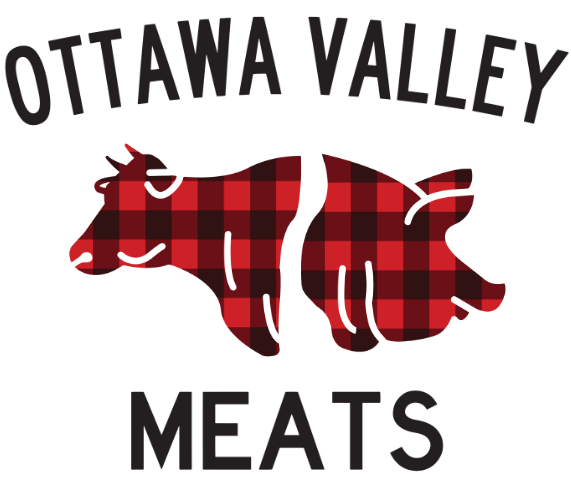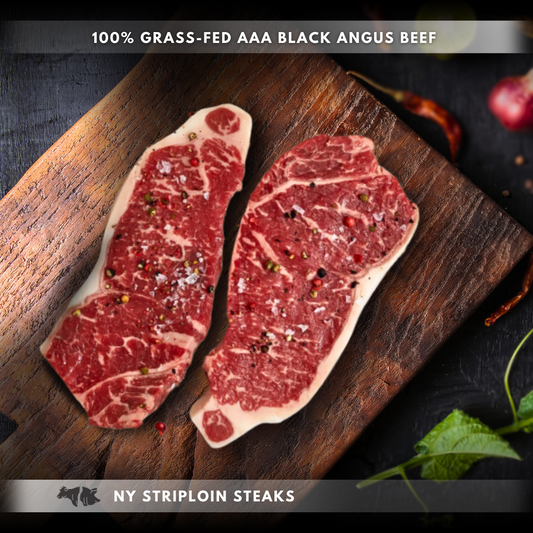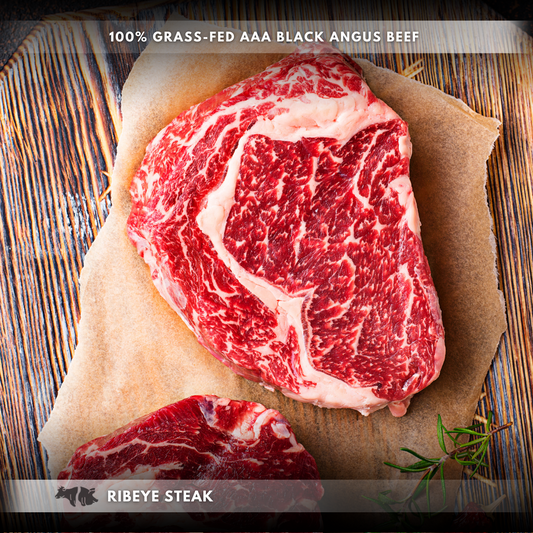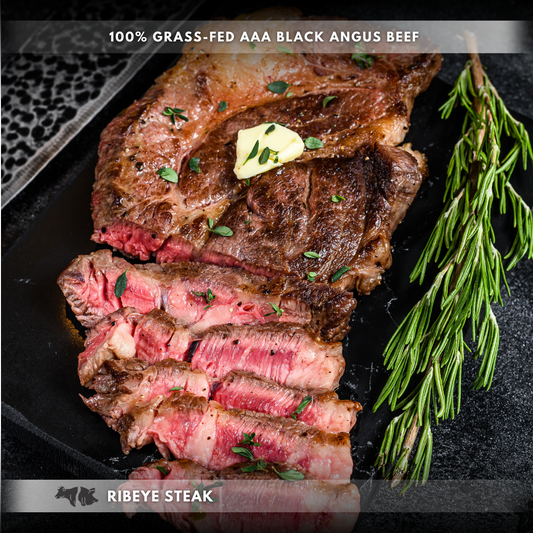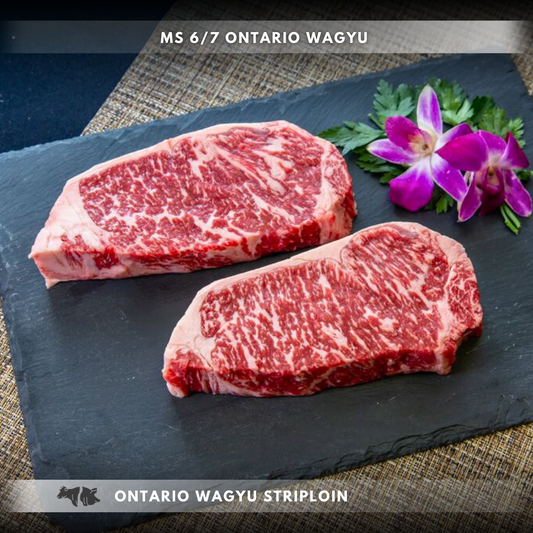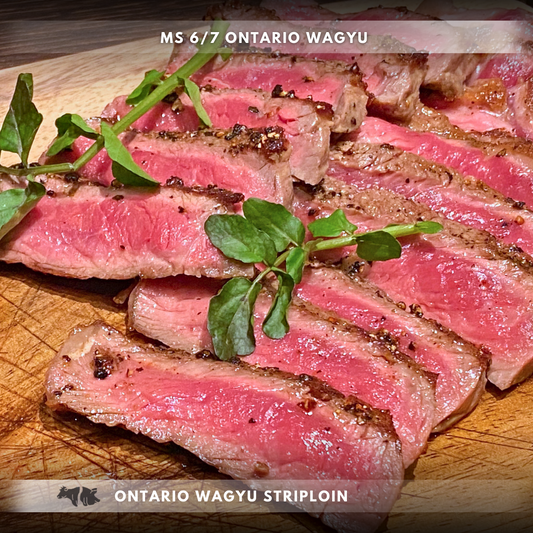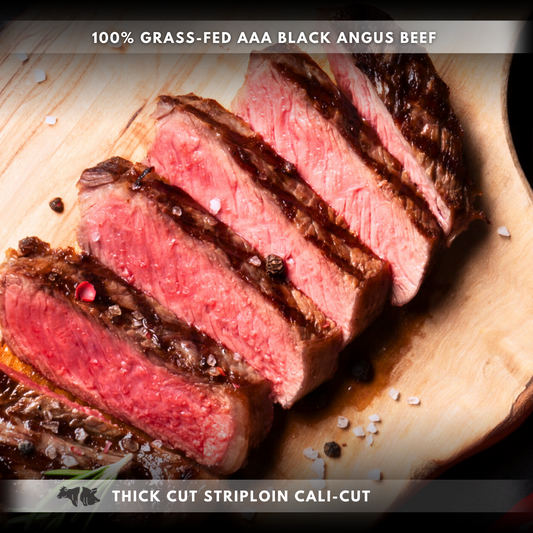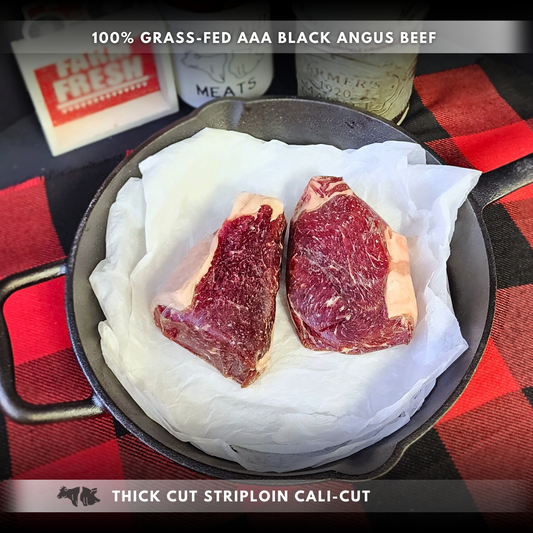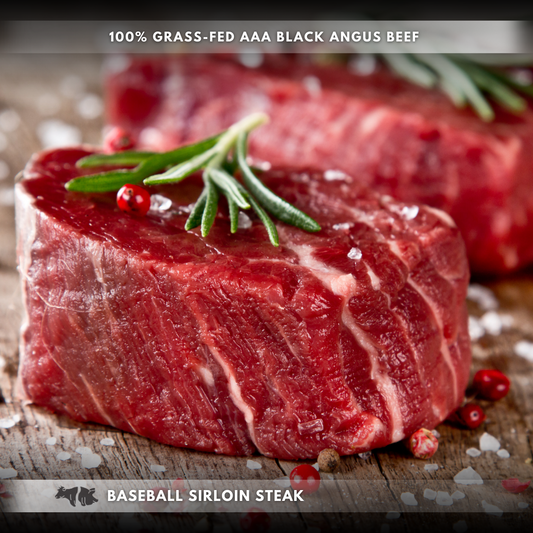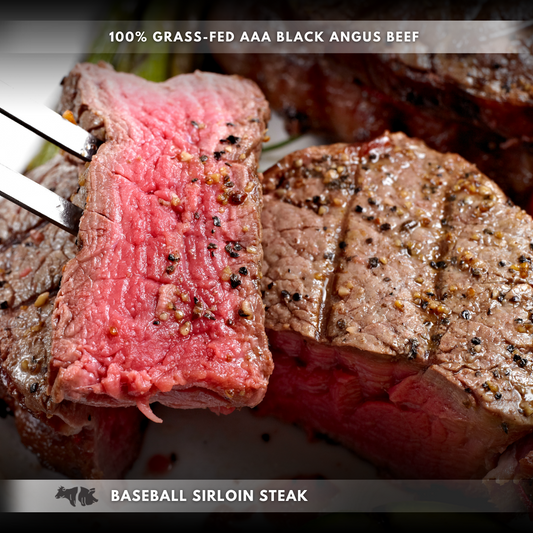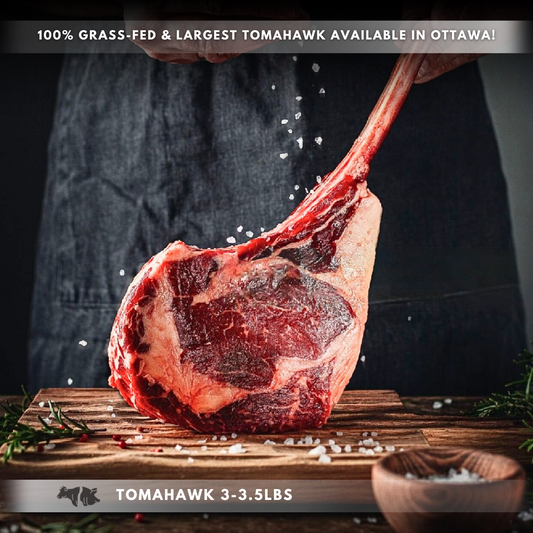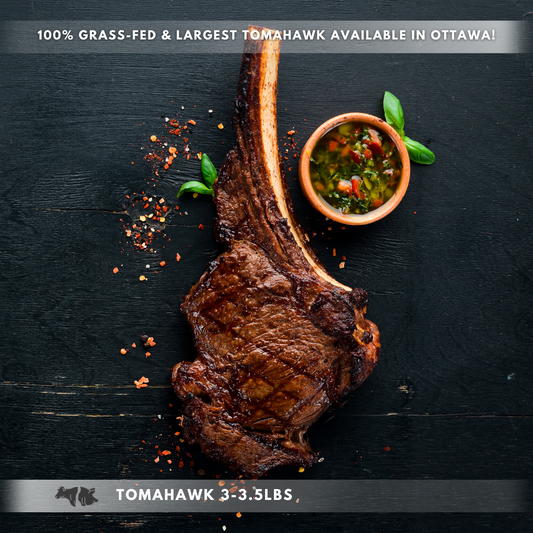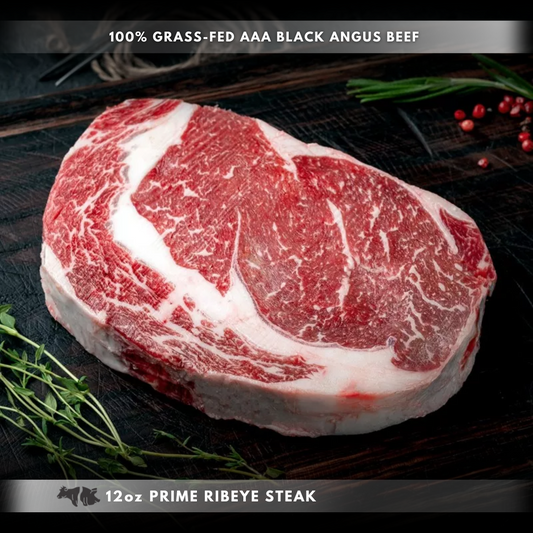Steak Temperature Guide

Steak is a culinary delight that comes in various cuts and flavors, and achieving the perfect temperature can elevate your dining experience to new heights. Whether you prefer your steak rare, medium-rare, medium, or well-done, understanding the nuances of cooking temperatures is crucial. In this comprehensive steak temperature guide, we'll explore the different doneness levels and provide tips on how to achieve the perfect steak, every time.
Understanding Steak Doneness Levels:
a. Very Rare (110-120°F / 43-49°C): A very rare steak is for the adventurous carnivore who enjoys a cool, almost raw center. Seared quickly on high heat, this level of doneness provides an intense beefy flavor and unmatched tenderness.
b. Rare (120-130°F / 49-54°C): A rare steak boasts a warm, red center and is seared on the outside. This level of doneness allows you to experience the natural flavors and tenderness of the meat.
c. Medium-Rare (130-140°F / 54-60°C): This is a popular choice for steak lovers, offering a reddish-pink center with a seared exterior. The meat is juicy and tender, providing a perfect balance of flavor and texture.
d. Medium (140-150°F / 60-66°C): A medium steak has a pink center and is cooked through more, resulting in slightly less juiciness than medium-rare. It's a great choice for those who enjoy a more cooked interior while maintaining tenderness.
e. Medium-Well (150-160°F / 66-71°C): If you prefer a hint of pink in the center but desire a well-cooked exterior, medium-well is the way to go. The meat is less juicy but still retains some tenderness.
f. Well-Done (160°F and above / 71°C and above): For those who like their steak thoroughly cooked with no pink, well-done is the go-to option. Keep in mind that achieving well-done without sacrificing tenderness requires careful cooking techniques.
Cooking Techniques for Different Doneness Levels:
a. Rare and Medium-Rare: Searing the steak on high heat for a short time and allowing it to rest after cooking helps retain the juices and achieve the desired doneness. Popular steaks to cook at this temperature include Ribeye, Rib Steak, and Top Sirloin.
b. Medium and Medium-Well: Cooking the steak a bit longer at a lower temperature will ensure the interior is cooked through while maintaining some level of juiciness.
c. Well-Done: Slow-cooking methods or using a meat thermometer to monitor the internal temperature can help achieve a well-done steak without drying it out.
The Importance of Resting:
Regardless of your preferred doneness level, allowing your steak to rest for a few minutes after cooking is essential. This allows the juices to redistribute throughout the meat, ensuring a juicy and flavorful bite.

Mastering the art of cooking steak to the perfect temperature is a rewarding culinary skill. Experiment with different cuts, cooking methods, and temperatures to find your ideal steak experience. Whether you're a fan of the rich, velvety texture of a rare steak or the well-done perfection of a classic filet, this steak temperature guide will serve as your compass on your journey to steak perfection. Happy cooking!
